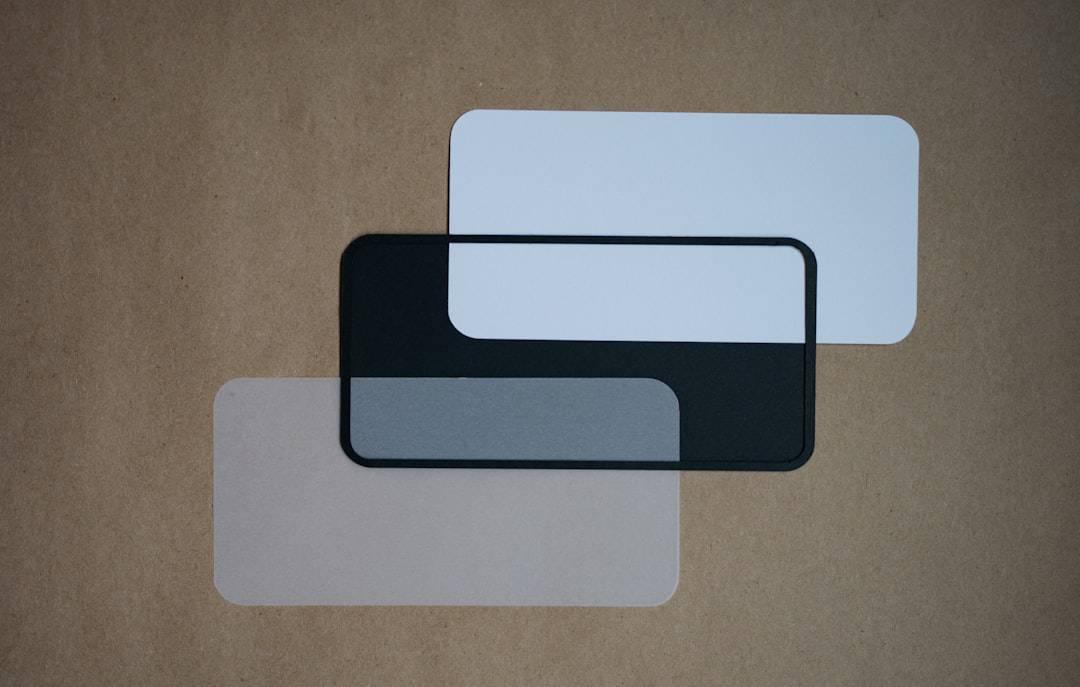Businesses can benefit greatly from Zendesk Chatbot, an advanced customer support tool. The principal advantage lies in its capacity to promptly address customer inquiries, leading to increased customer contentment through the reduction of wait times & expeditious resolution of typical problems. The chatbot can respond to several queries at once, freeing up human agents to work on more difficult assignments. This increases the support team’s overall productivity and efficiency. Zendesk Chatbot’s ability to provide round-the-clock customer support is one of its primary features.
Key Takeaways
- Zendesk Chatbot can improve customer support by providing instant responses and freeing up human agents for more complex issues.
- Implementing Zendesk Chatbot can streamline customer support processes and improve overall efficiency.
- Customizing Zendesk Chatbot to fit your business needs can enhance the customer experience and provide more personalized support.
- Training and monitoring Zendesk Chatbot is crucial for ensuring optimal performance and accuracy in responses.
- Integrating Zendesk Chatbot with other customer support tools can create a seamless and comprehensive support system for customers.
For companies that serve a global clientele, this constant availability is especially beneficial because it guarantees support accessibility across time zones without requiring more employees. Also, by automating repetitive tasks and requiring less human intervention for straightforward questions, the chatbot can assist in lowering operating costs. Businesses can experience a number of benefits from implementing Zendesk Chatbots, such as improved customer satisfaction, increased operational efficiency, and significant cost savings.
Because of these advantages, it’s a great tool for businesses trying to streamline their customer service procedures and raise the standard of their offerings. Step 1: Determine Frequently Asked Questions by Clients. Identifying the most frequently asked questions by customers & creating a knowledge base from which the chatbot can pull answers that are precise and beneficial are the first steps.
To identify the most urgent problems that consumers are facing, this may entail reviewing previous correspondence & feedback from customers. Step 2: Write Conversational Scripts. Businesses can start working on conversational scripts for the chatbot to ensure that it can effectively communicate with customers in a helpful and natural way once the knowledge base has been established.
| Metrics | Value |
|---|---|
| Customer Satisfaction | 90% |
| Response Time | 30 seconds |
| Resolution Rate | 85% |
| Cost Savings | 30% reduction |
Training and Integration. Businesses can then incorporate Zendesk Chatbot into their current customer support channels, like their website or mobile app, after the initial setup. To make sure the chatbot is easily accessible to customers and is seamlessly integrated into these platforms, this may entail collaborating with developers. In order to give consumers a seamless and integrated support experience, companies should also train their customer service representatives on how to collaborate with chatbots.
Businesses can successfully integrate Zendesk Chatbot for seamless customer support and to give their customers a positive experience by following these guidelines. The flexibility of Zendesk Chatbot to adapt to the unique requirements of various businesses is one of its main features. Zendesk Chatbot customization entails adjusting its features & responses to meet the particular needs of an organization. This might entail adding particular product or service information that is pertinent to the company, as well as tailoring the chatbot’s conversational scripts to match the brand’s voice and tone. Moreover, companies have the option to personalize the chatbot’s user interface to make sure that it complements their visual identity and offers clients an integrated experience. By connecting Zendesk Chatbot with other business tools and systems, companies can further personalize the chatbot.
To make sure the chatbot has access to pertinent customer data and is able to offer customers individualized support, this may entail integrating it with CRM systems, e-commerce platforms, or other customer support tools. Companies can make sure that Zendesk Chatbot offers their clients a personalized & efficient support experience by modifying it to suit their unique business requirements. For the Zendesk Chatbot to operate as efficiently as possible when offering customer support, it must be trained and closely watched.
In order to keep the chatbot trained and able to answer customer questions, it must be updated with new information on a regular basis. This is done by updating both its knowledge base and conversational scripts. For this, it might be necessary to modify the chatbot’s training & examine customer interactions and feedback to find areas where it might benefit from improvement.
Businesses should monitor the performance of the Zendesk Chatbot in addition to providing training in order to spot any areas in need of improvement. To find out how well the chatbot is working, this may entail monitoring important performance indicators like response time, resolution rate, and customer satisfaction ratings. Through vigilant observation of these metrics, enterprises can detect any problems or constraints in the chatbot’s functionality and promptly resolve them.
All things considered, maintaining the optimal performance of the Zendesk Chatbot in providing customer support requires constant training & observation. The Zendesk Chatbot’s customer support capabilities can be further improved by integrating it with other tools. Linking the Zendesk Chatbot to CRM systems allows it to work with other tools in tandem and offer individualized support based on knowledge about the customer. By utilizing their past purchases, preferences, & other pertinent data, this can assist the chatbot in offering clients more pertinent & focused support.
Businesses can also incorporate Zendesk Chatbot with e-commerce platforms so that it can help customers with order tracking, product recommendations, and other related questions. This can help customers who need assistance with their purchases have a more seamless experience and expedite the customer support process. Businesses can provide their customers a more thorough and efficient support experience by integrating Zendesk Chatbot with other customer support tools.
One Important Success Indicator is Resolution Rate. The resolution rate of the chatbot is a crucial metric to monitor as it indicates the proportion of customer inquiries that the chatbot resolves successfully without requiring human assistance. A high resolution rate shows that the chatbot is answering questions from customers and offering helpful support.
Client satisfaction: An indicator of the caliber of support. customer satisfaction ratings are another crucial indicator to take into account as they can reveal how well the chatbot is fulfilling the demands & expectations of users. Businesses can learn how satisfied customers are with the chatbot’s support and pinpoint areas for improvement by examining these scores. Getting Input for Ongoing Enhancement. In addition, companies ought to ask their customer service representatives for input on the chatbot’s effectiveness and any areas that might use enhancement.
Businesses can learn a lot about how well the Zendesk Chatbot performs in customer service by tracking these important metrics and getting input. There are a lot of exciting opportunities ahead for Zendesk Chatbot technology to improve its customer support capabilities. Utilizing machine learning algorithms and artificial intelligence (AI) to empower chatbots to offer customers more contextually aware and personalized support is one new trend. Through the use of AI, chatbots are able to comprehend customer inquiries more fully & offer more precise and pertinent responses that are tailored to each user’s preferences and actions. Voice recognition integration is a further advancement in Zendesk Chatbot technology that will enable users to communicate with the chatbot via voice commands & natural language. By enabling a more simple and seamless interaction with the chatbot, this can further improve the user experience.
Also, chatbots will be even more effective at providing support as a result of developments in natural language processing (NLP) technology, which will improve their comprehension and ability to reply to sophisticated customer queries. In addition, deeper integration with other communication channels like social media & messaging apps might be a future development for Zendesk Chatbot technology, enabling companies to offer unified support across channels. By keeping up with these upcoming trends and advancements in Zendesk Chatbot technology, companies can further improve their customer service skills & give their clients a more efficient & effective support experience.
If you’re interested in exploring the potential impact of metaverse technology on various industries, you may want to check out this article on entertainment and media in the metaverse. It delves into how the metaverse could revolutionize the way we consume and interact with entertainment and media content, which could have implications for customer service and support, including the use of chatbots like Zendesk.
FAQs
What is a Zendesk chatbot?
A Zendesk chatbot is an AI-powered tool that can interact with users in real-time through a chat interface. It is designed to understand and respond to user queries, provide information, and assist with tasks, all without the need for human intervention.
How does a Zendesk chatbot work?
A Zendesk chatbot uses natural language processing and machine learning algorithms to understand user input and provide relevant responses. It can be integrated with various platforms such as websites, messaging apps, and customer support systems to engage with users and automate certain tasks.
What are the benefits of using a Zendesk chatbot?
Some benefits of using a Zendesk chatbot include 24/7 availability for customer support, faster response times, reduced workload for human agents, improved user experience, and the ability to handle a large volume of inquiries simultaneously.
Can a Zendesk chatbot be customized for specific business needs?
Yes, a Zendesk chatbot can be customized and trained to understand industry-specific terminology, handle unique business processes, and provide tailored responses to match the branding and tone of a company.
What are some common use cases for a Zendesk chatbot?
Common use cases for a Zendesk chatbot include answering frequently asked questions, providing product information, guiding users through a website or application, scheduling appointments, processing orders, and escalating complex issues to human agents when necessary.











Leave a Reply